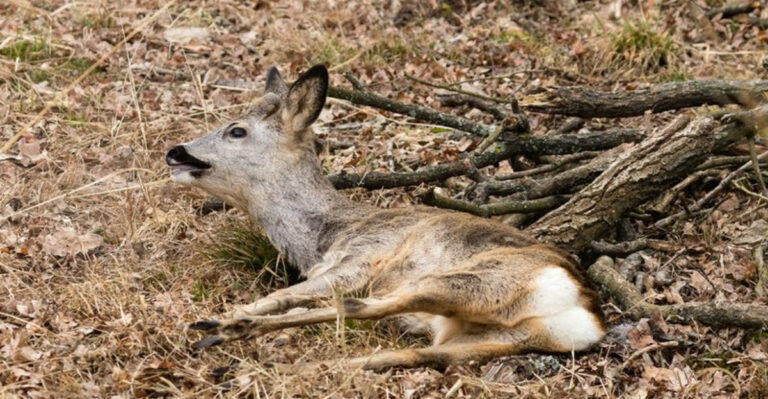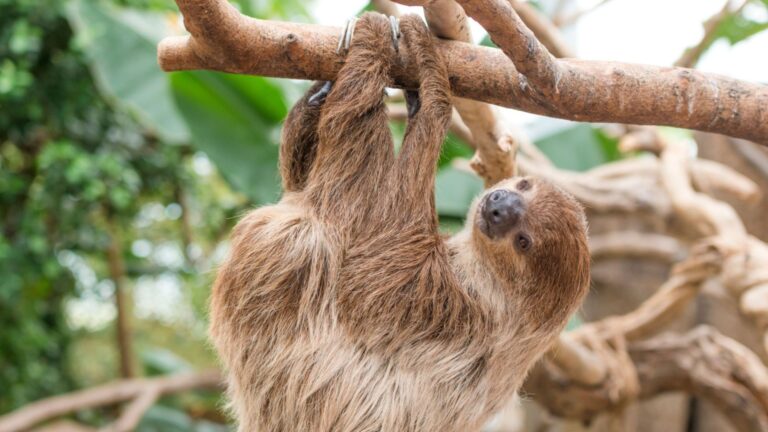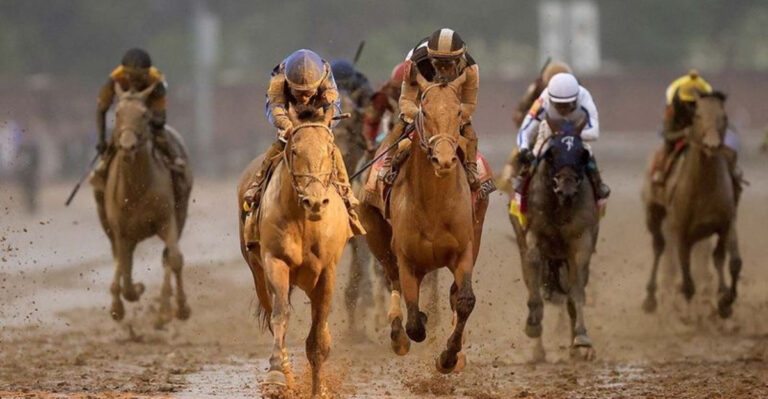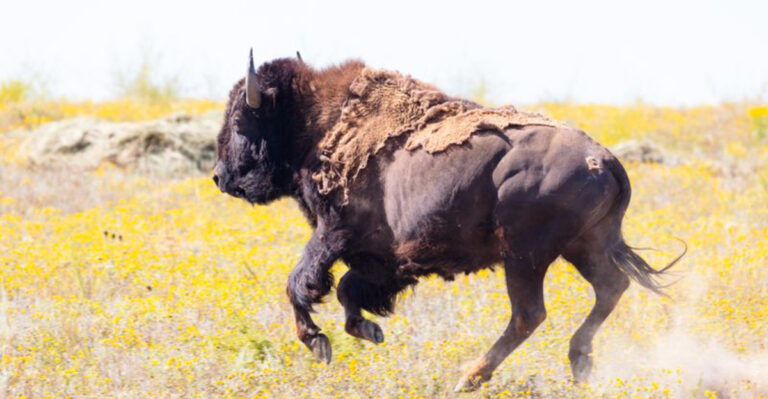The Last Of Their Species: 12 Animals That May Vanish Forever In 2025
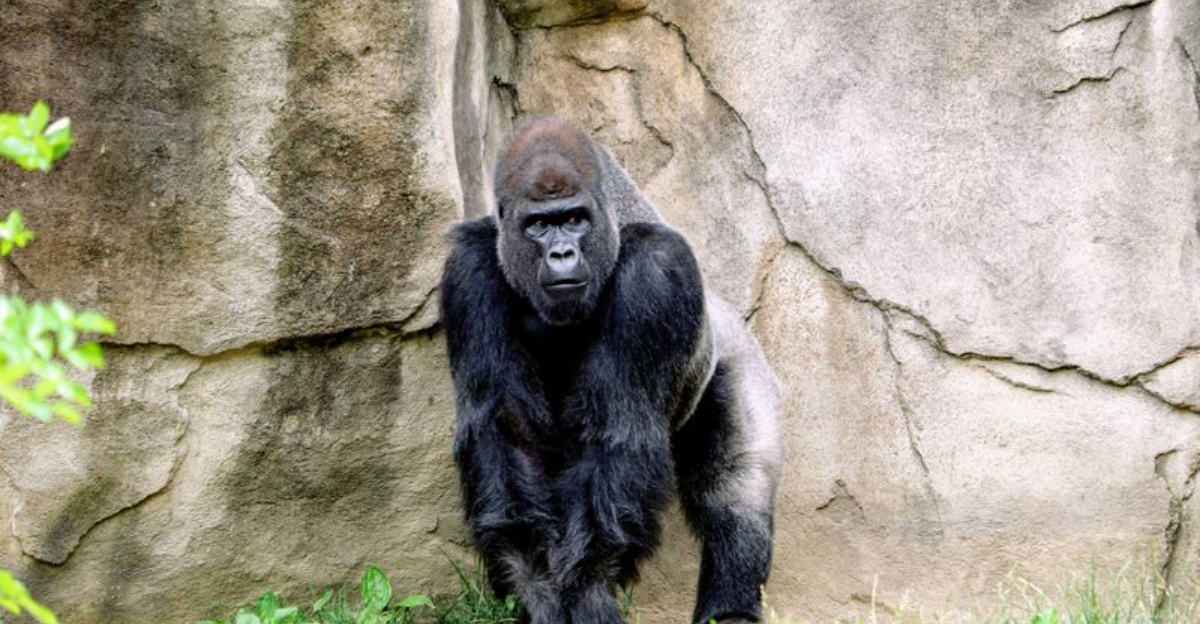
The world’s biodiversity is under constant threat, and in 2025, several iconic species could vanish forever if urgent action isn’t taken. From the vast forests of Asia to the waters of Africa, animals once abundant in the wild are now teetering on the edge of extinction.
These species face an array of dangers, including habitat loss, poaching, climate change, and human encroachment. Let’s take a look at animals that may disappear in 2025, highlighting their struggle for survival and the critical importance of protecting them before it’s too late.
1. Vaquita
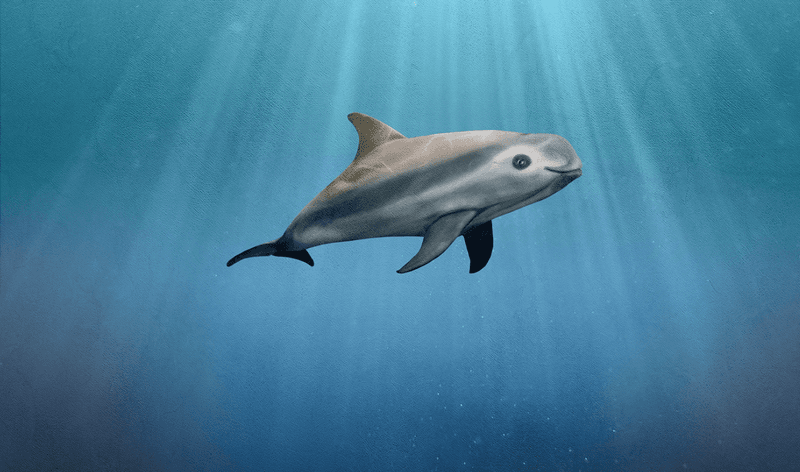
The vaquita, a small and elusive porpoise, calls the northern part of the Gulf of California home. With fewer than 10 individuals left, it’s critically endangered primarily due to bycatch in illegal fishing nets.
This gentle marine creature is often caught in nets intended for the illegal totoaba fish, whose bladder is highly valued in traditional Chinese medicine.
Despite being so close to extinction, the vaquita remains a symbol of hope and the urgent need for conservation efforts.
Efforts to save the vaquita are underway, involving international agreements and local initiatives. Governments and NGOs are working tirelessly to remove illegal nets and promote sustainable fishing practices.
However, the challenges are immense. The lack of awareness and enforcement complicates conservation efforts, making the vaquita’s future uncertain.
If the vaquita is to survive, global attention and action are essential. Supporting organizations working in the Gulf of California and spreading awareness about the vaquita’s plight can contribute to its preservation.
Remember, every small action counts towards saving this precious marine life.
2. Javan Rhino
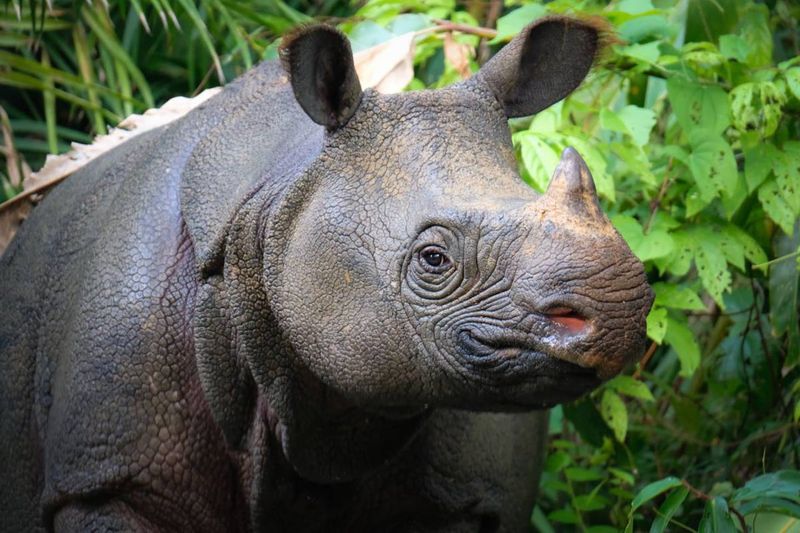
In the lush rainforests of Ujung Kulon National Park, Indonesia, the Javan Rhino trudges onward. With only about 72 individuals remaining, it’s one of the world’s most endangered large mammals.
These rhinos, known for their solitary nature and iconic single horn, are losing habitat to agricultural expansion, and poaching remains a significant threat.
Rhinos are often targeted for their horns, which, like vaquitas, are in high demand in traditional medicine.
Conservationists are working hard to monitor these rhinos, protect their habitats, and prevent poaching. The national park provides a refuge, but pressures from human encroachment and climate change persist.
Beyond the immediate threats, genetic diversity is a concern, as a small population can lead to inbreeding.
To help the Javan Rhino, supporting conservation efforts in Indonesia is crucial. This includes donating to organizations that focus on habitat protection and anti-poaching measures.
By raising awareness and advocating for stronger protection policies, we can help ensure that the Javan Rhino continues to roam the forests of Indonesia.
3. Sumatran Orangutan
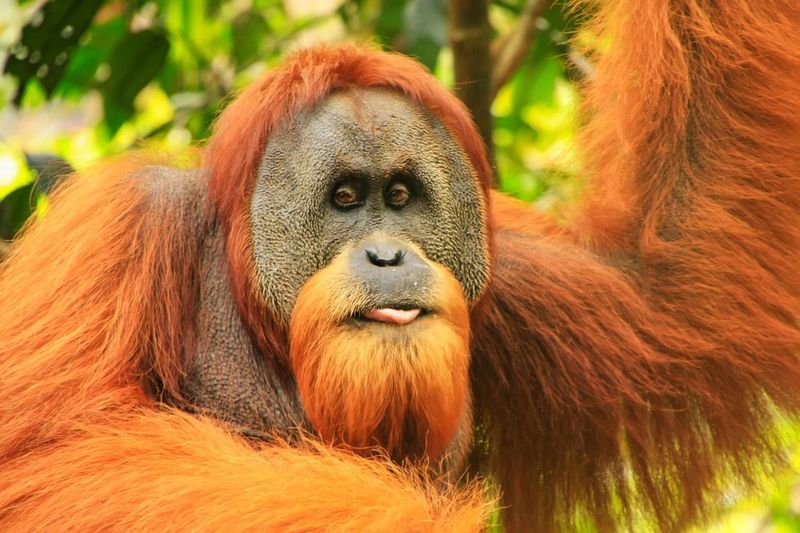
In the dense forests of Sumatra, the Sumatran Orangutan swings gracefully from tree to tree. With their distinctive reddish fur and expressive eyes, these great apes are critically endangered, with approximately 14,000 left in the wild.
Habitat destruction, primarily due to palm oil plantations, poses the gravest threat. The forests they inhabit are rapidly being cleared, leaving them nowhere to go.
Conservationists are working to protect these habitats and rehabilitate orphaned orangutans. Organizations are pushing for sustainable palm oil production and stronger policies to safeguard their environment.
Despite these efforts, illegal logging and forest fires continue to threaten their existence, making the future uncertain.
Supporting sustainable products and contributing to organizations dedicated to orangutan conservation can make a difference.
By changing consumer habits and advocating for forest preservation, we can help secure a future for the Sumatran Orangutan.
4. Amur Leopard
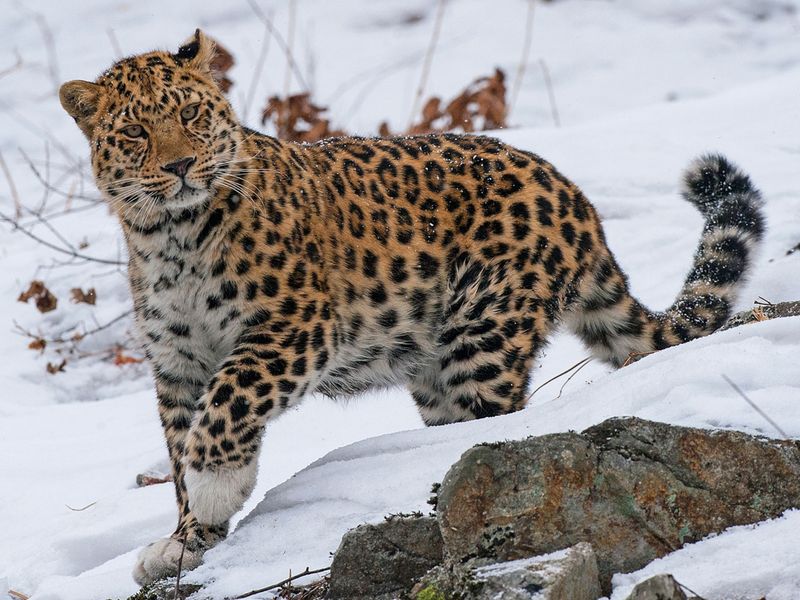
In the frigid landscapes of the Russian Far East, the Amur Leopard lurks silently. With an estimated 100 individuals left, it’s one of the world’s rarest big cats.
Their stunning, spotted coats make them prime targets for poachers, while habitat loss from deforestation adds to their plight. These leopards roam vast territories, making their tracking and protection challenging.
Efforts to save the Amur Leopard focus on anti-poaching patrols and habitat restoration. Protected areas have been established, and cross-border cooperation with China aims to expand conservation efforts.
Despite these initiatives, illegal logging and human-wildlife conflict persist, posing ongoing threats.
To aid the Amur Leopard’s survival, supporting conservation organizations in Russia and China is vital. Public awareness campaigns and policy advocacy can bolster these efforts, offering a glimmer of hope for this magnificent predator.
5. Mountain Gorilla
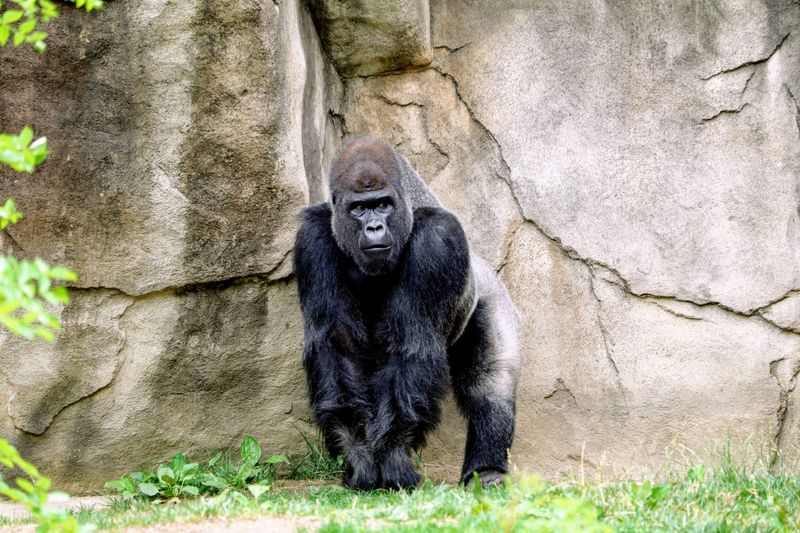
High in the cloud-covered mountains of Central Africa, the Mountain Gorilla finds its refuge. With just over 1,000 individuals remaining, they face threats from habitat encroachment and poaching.
These gentle giants, known for their strong family bonds, are often caught in the crossfire of regional conflicts. Conservation efforts focus on protecting their habitats and involving local communities in their preservation.
Virunga National Park in the Democratic Republic of Congo serves as a critical habitat, offering protection and fostering eco-tourism. However, political instability and illegal activities like mining threaten these efforts.
The Mountain Gorilla’s future relies on continued international support for conservation and sustainable development in the region.
To support their survival, consider visiting eco-friendly tourism sites and donating to organizations focused on gorilla conservation.
By fostering local economic benefits through tourism, we can encourage sustainable practices and secure a future for the Mountain Gorilla.
6. Hawksbill Turtle
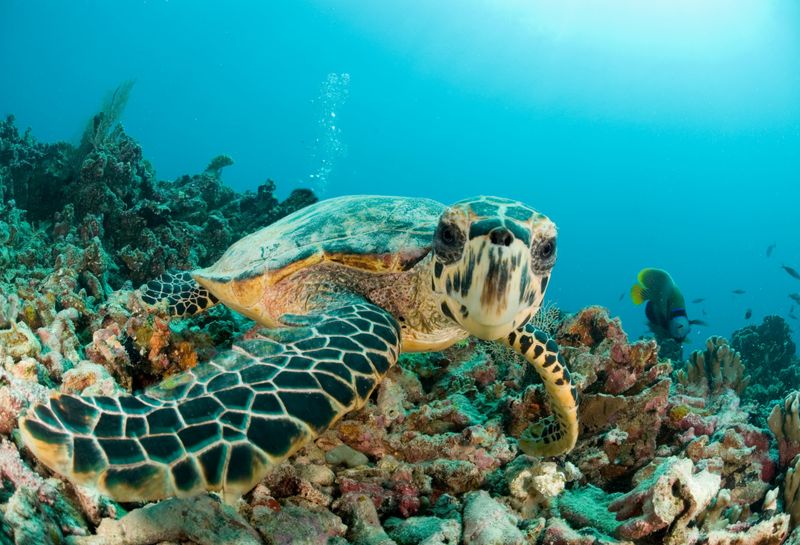
Beneath the waves, the Hawksbill Turtle glides effortlessly through tropical oceans. With their strikingly patterned shells, they are critically endangered, primarily due to illegal trade and habitat loss.
These turtles are sought after for their beautiful shells, which are used in souvenirs and jewelry. Additionally, climate change and pollution pose significant threats to their nesting sites and feeding grounds.
Conservation efforts include protecting nesting beaches and regulating trade through international agreements like CITES.
Marine protected areas aim to safeguard critical habitats, while community education programs stress the importance of turtle conservation.
Despite these actions, poaching and environmental changes continue to endanger their survival. Supporting sustainable tourism and ocean conservation programs can aid the Hawksbill Turtle.
By choosing eco-friendly products and advocating for stronger marine protection policies, we can help ensure these turtles continue to grace our oceans.
7. Saola
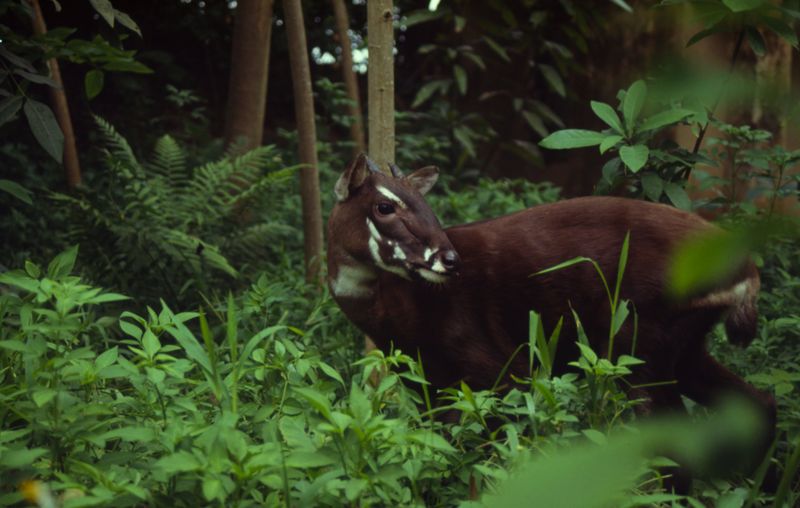
In the mysterious forests of the Annamite Range, the Saola quietly roams. Dubbed the ‘Asian unicorn’ due to its rarity and striking appearance, fewer than 100 remain in the wild.
Its existence was only confirmed in 1992, making it one of the most recent large mammals discovered. Habitat loss and poaching are the main threats, as its habitat overlaps with areas of illegal logging and hunting.
Conservationists are racing against time to study and protect the Saola. Efforts focus on anti-poaching measures and habitat preservation within protected areas.
Yet, the elusive nature of the Saola makes these tasks exceedingly difficult, as their habits and numbers are largely unknown.
To support the Saola, raising awareness and contributing to organizations dedicated to its preservation is essential.
By advocating for stronger environmental policies and supporting field research, we can help uncover more about this enigmatic creature and ensure its survival.
8. Yangtze Finless Porpoise
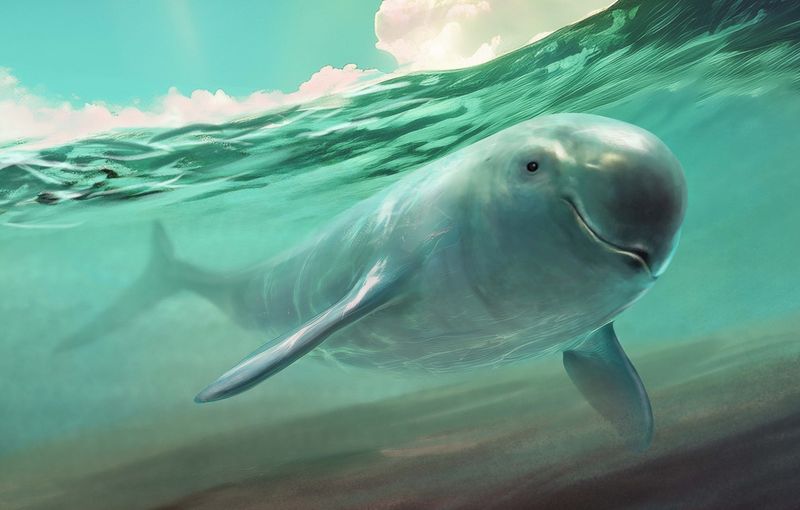
In the bustling waters of the Yangtze River, the Yangtze Finless Porpoise swims. Known for their playful and intelligent nature, they are critically endangered with fewer than 1,000 remaining.
Habitat degradation, pollution, and boat traffic are the primary threats to their survival. As one of the few freshwater porpoise species, their decline highlights the urgent need for river conservation.
Conservationists are working to improve water quality and establish protected areas along the Yangtze. Efforts include community engagement and the development of alternative livelihoods to reduce human impact on their habitat.
Despite these initiatives, rapid industrialization and climate change exacerbate the challenges they face.
Supporting river conservation projects and reducing pollution can aid the Yangtze Finless Porpoise.
By raising awareness and promoting sustainable practices, we can contribute to healthier ecosystems and ensure the porpoise continues to thrive.
9. Kakapo
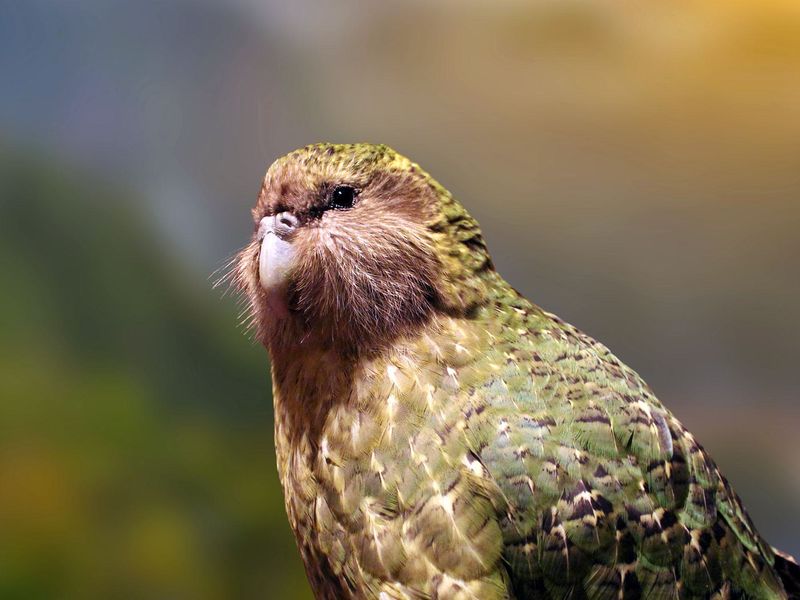
In the unique landscapes of New Zealand, the Kakapo, a nocturnal parrot, stands out with its vibrant green feathers. With only about 200 individuals left, they are critically endangered.
The introduction of predators like rats and cats, along with habitat destruction, has devastated their populations. The Kakapo’s inability to fly and ground-nesting habits make them especially vulnerable.
Conservationists have implemented breeding programs and predator control to aid their recovery. Sanctuaries on predator-free islands provide safe havens for these parrots.
However, their limited genetic diversity poses a risk, requiring careful management and scientific intervention.
To help the Kakapo, supporting conservation programs in New Zealand is crucial. Donations to organizations focusing on habitat restoration and predator eradication can bolster recovery efforts.
By engaging with these initiatives, we can help secure a future for this remarkable bird.
10. Northern White Rhino
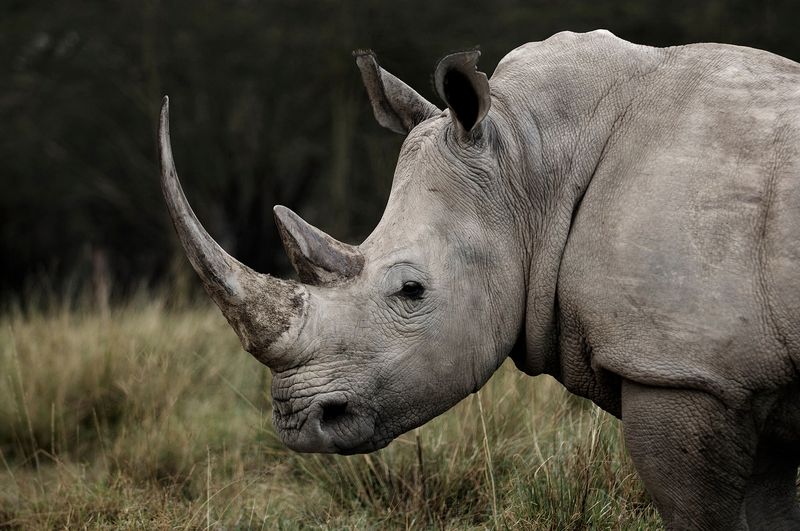
In the vast savannas of Africa, the Northern White Rhino’s plight is dire. With only two females remaining, both unable to breed naturally, this subspecies is on the brink of extinction.
Poaching for their horns has decimated their numbers, driven by demand in black markets. The rhinos are under constant protection in Kenya’s Ol Pejeta Conservancy.
Advanced reproductive technologies offer a glimmer of hope. Scientists are exploring in vitro fertilization and cloning to bring this species back.
These efforts require significant resources and collaboration among global conservationists. Nevertheless, time is running out, and the challenges are immense.
Supporting scientific research and anti-poaching initiatives is vital for the Northern White Rhino. Donations to conservation projects working on innovative solutions can help ensure that these majestic creatures do not vanish forever.
Engaging with these efforts brings hope for a future where the Northern White Rhino roams once again.
11. West African Elephant
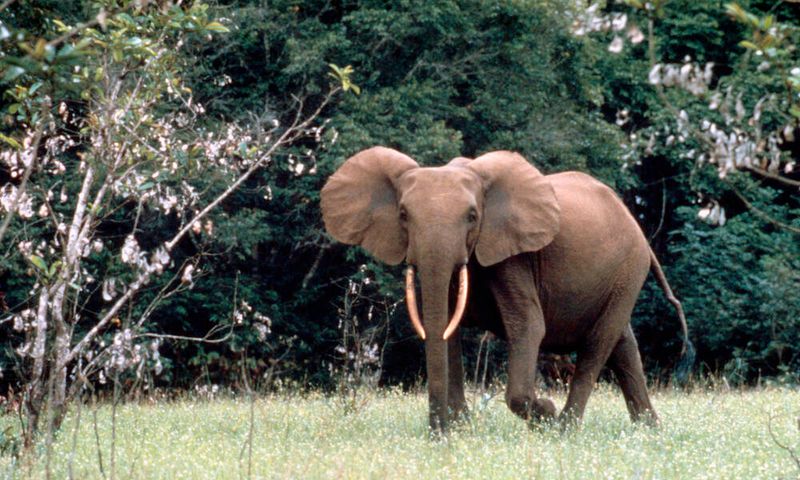
The West African elephant is critically endangered, with fewer than 500 individuals left in the wild. Unlike their more well-known relatives, the African bush elephant, these elephants are smaller and have distinct features.
The main threats they face include poaching for their ivory and the loss of their habitat due to human encroachment. As forest dwellers, they are also impacted by the deforestation occurring across West Africa.
Conservation efforts are in place, but without stronger protection and increased awareness, this unique subspecies may not survive much longer.
12. Yangtze Giant Softshell Turtle
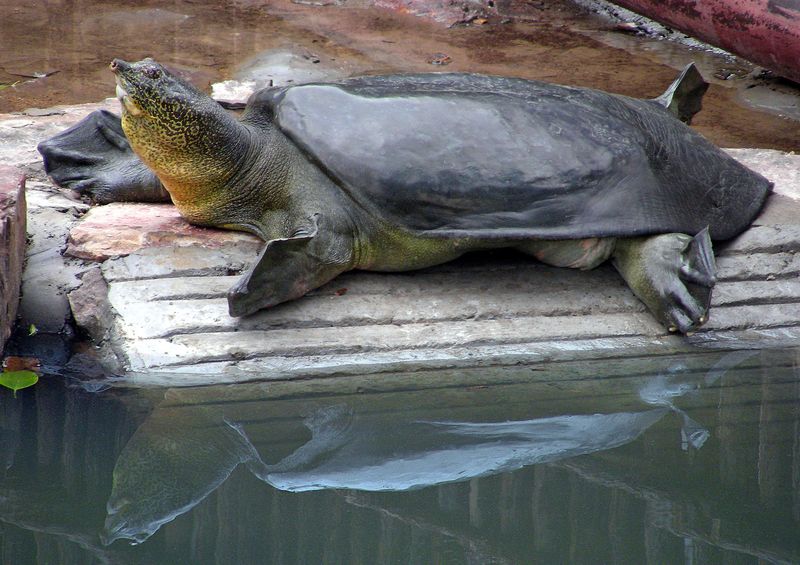
The Yangtze giant softshell turtle is one of the rarest animals on Earth, with only four known individuals remaining.
Native to the Yangtze River in China, this turtle has been severely impacted by habitat destruction and pollution. The last known females are struggling to find mates, making reproduction nearly impossible.
Despite intensive conservation efforts, including attempts at artificial insemination, the future of the Yangtze giant softshell turtle remains uncertain. If these efforts fail, this remarkable species could be lost forever.

